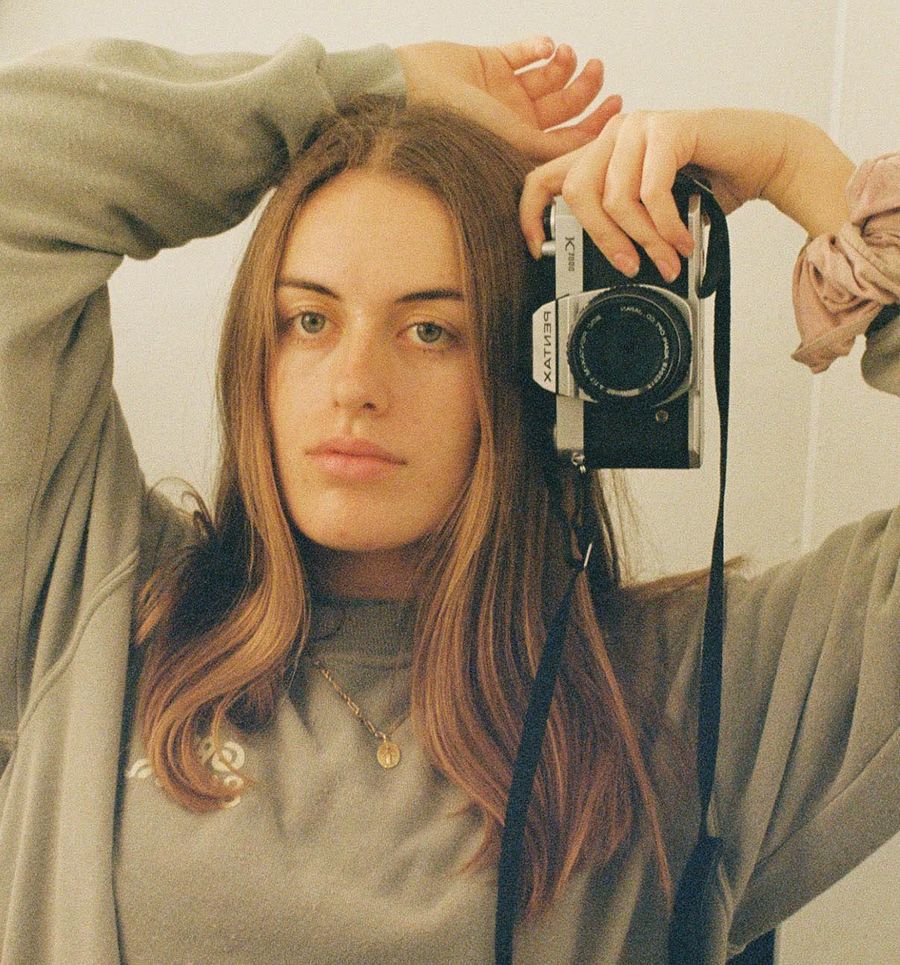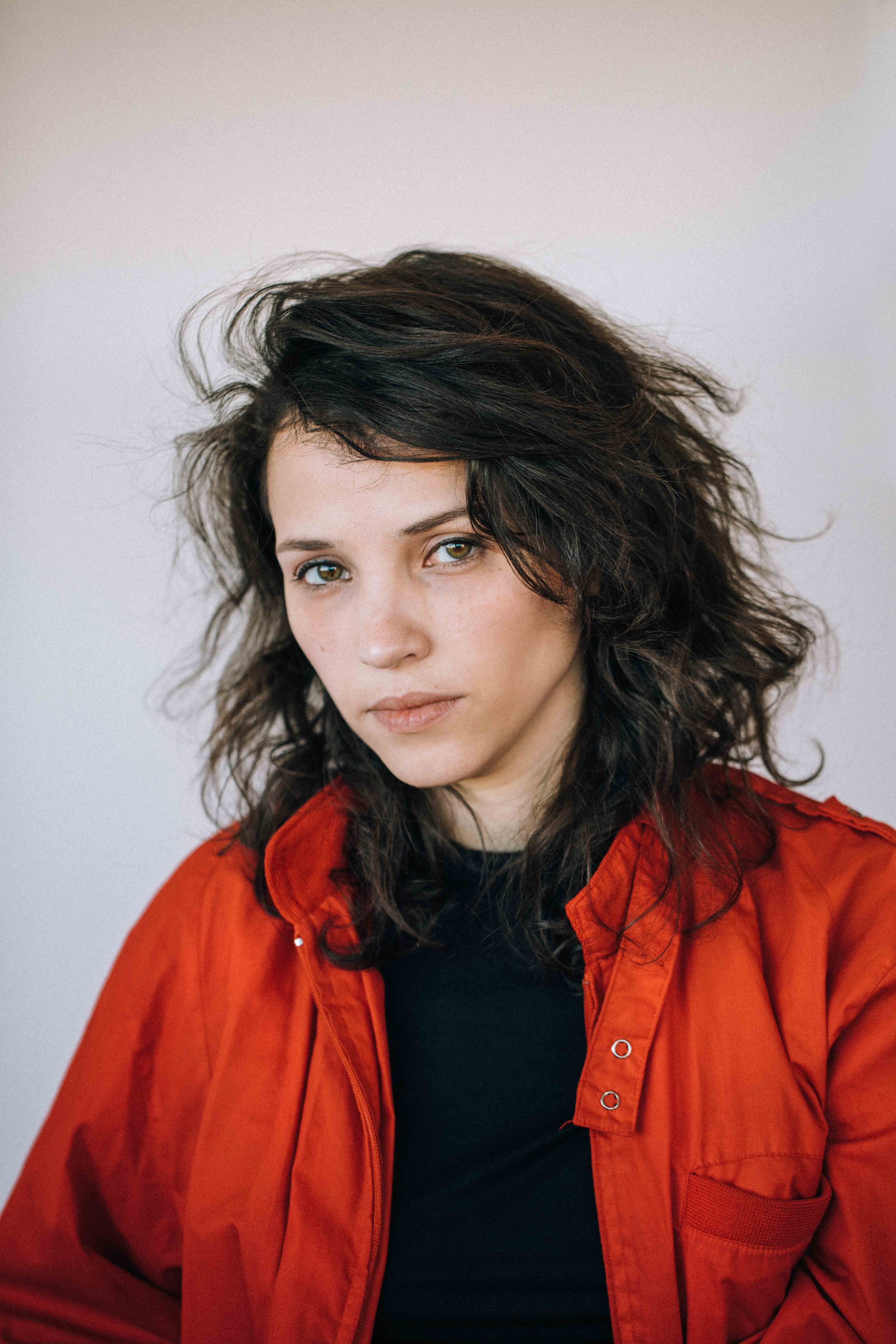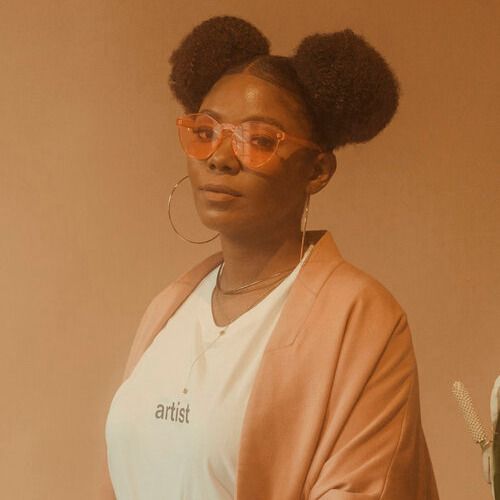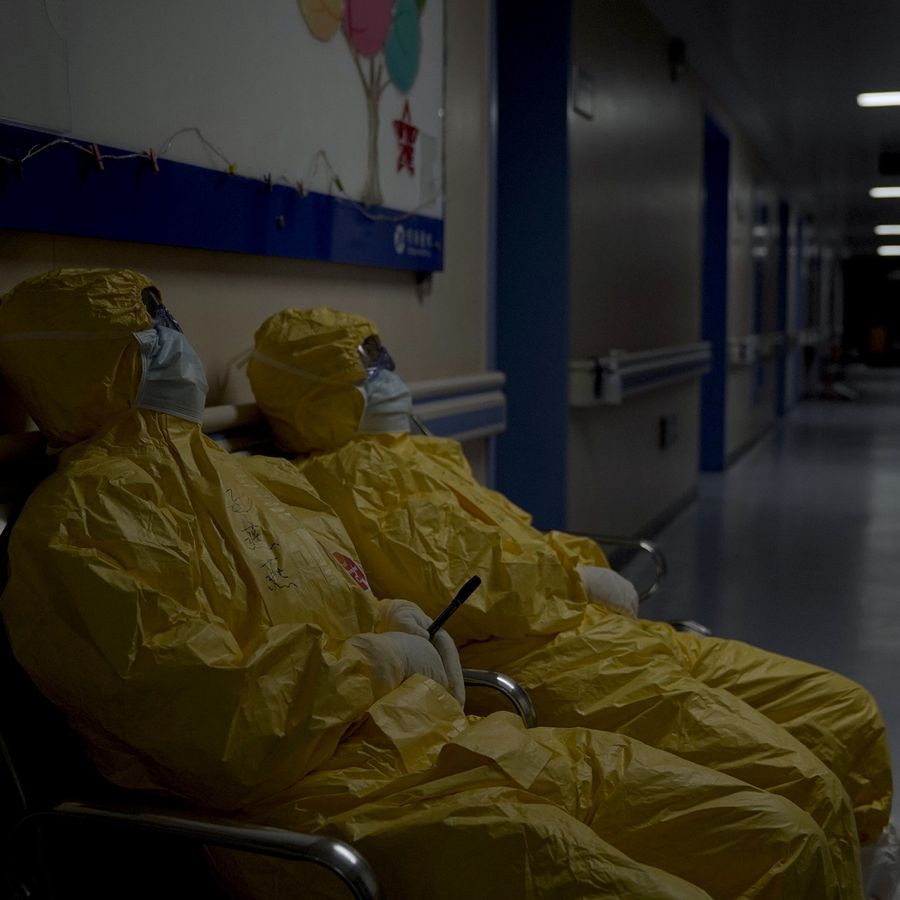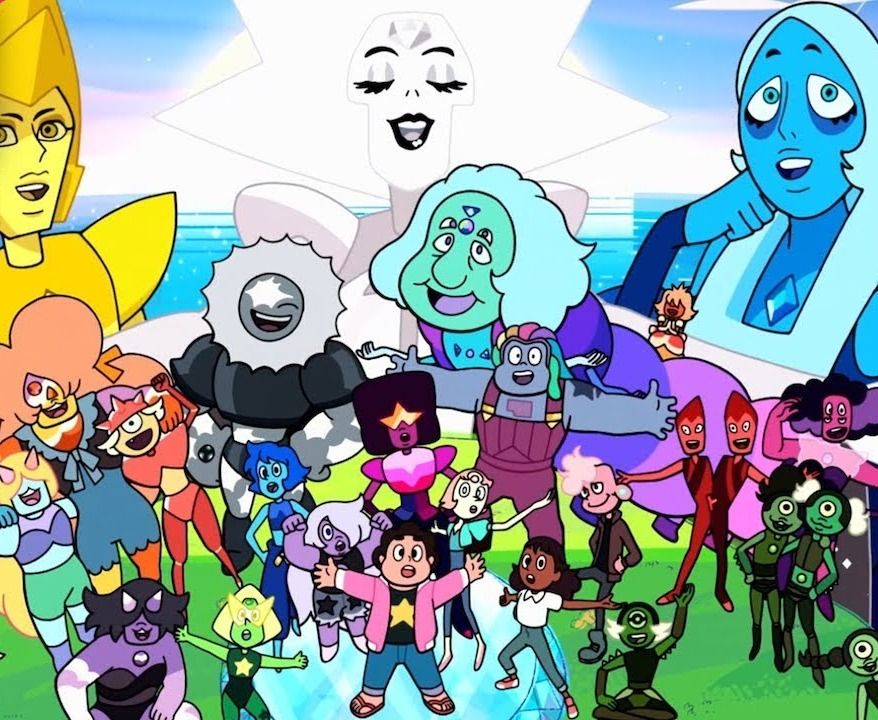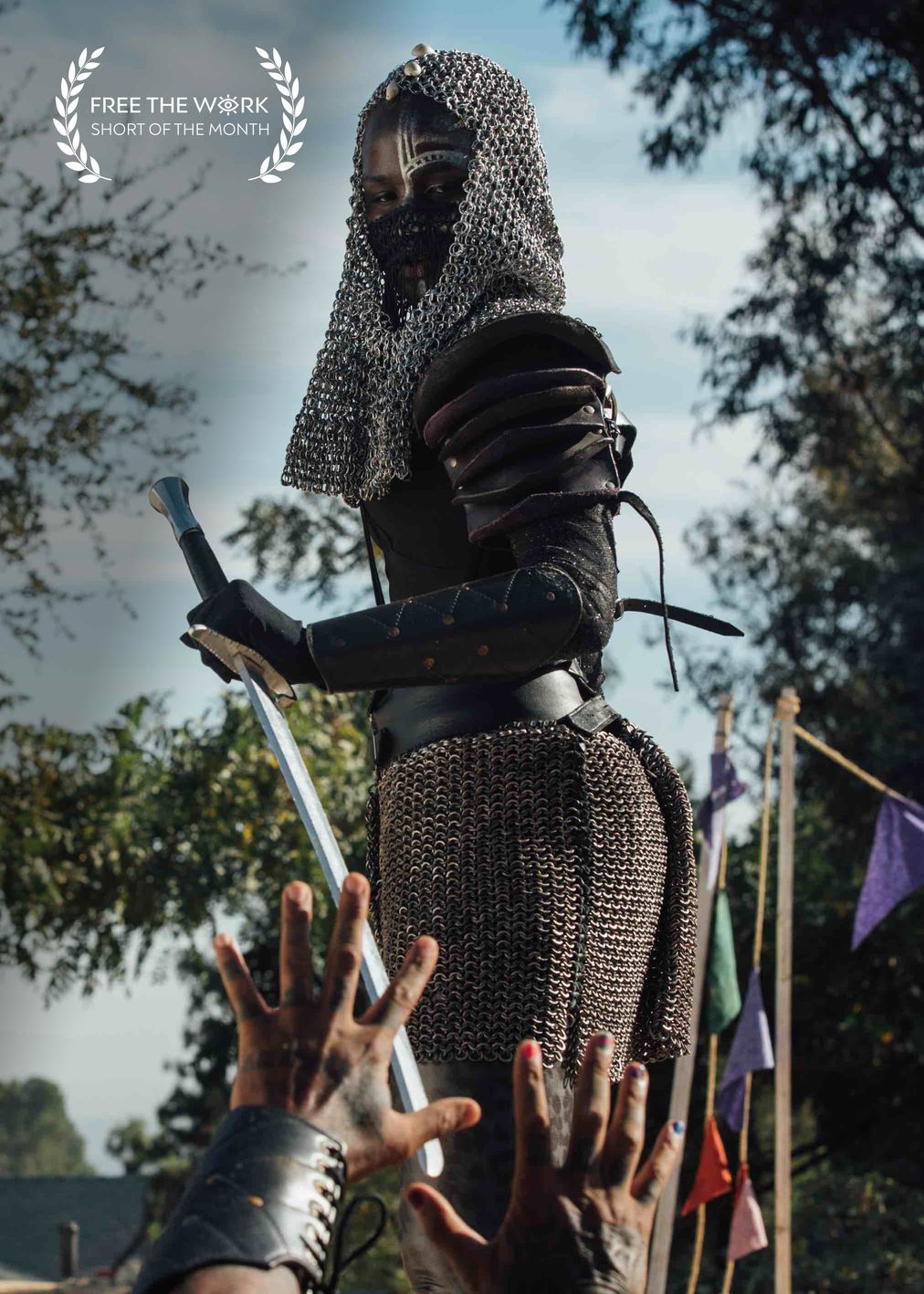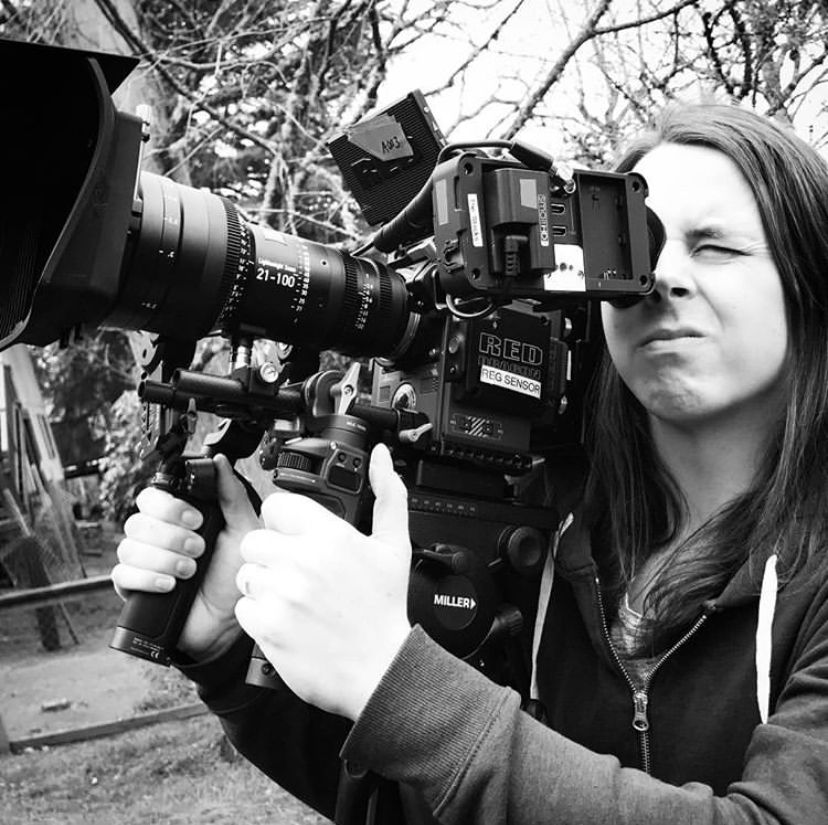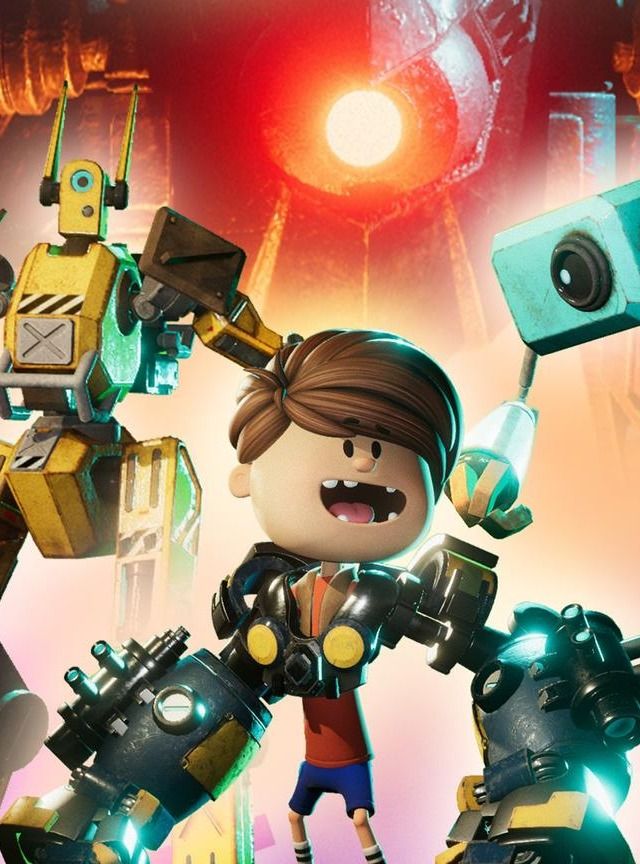FTW’s MEET series is a new editorial column highlighting up-and-coming FTW filmmakers sharing groundbreaking work with fresh takes and fresh perspectives.
When you watch her work, it's clear: Cris Gris' passions for telling stories of womanhood, family, and home are deeply rooted in culture, having been born and raised in Monterrey, Mexico. The profound care and authenticity in her perspective has helped her develop a trust and confidence in her distinct voice, both in front of and behind the camera, that's unmistakable on screen.
Cris wrote and directed “San Miguel” while studying at New York University’s Graduate Film Program. The thesis film, created through the annual Spike Lee Film Production Fund, follows Ana, a devout 9-year-old girl who pushes her faith to its limits in hopes of divine intervention after the passing of her younger brother. With breathtaking performances, intimate cinematography, and a clear sense of place, Cris emerges into the scene with a self-assured style and vision. She is currently in post on a new short film as a 2020 Film Independent Project Involve Directing Fellow.
“San Miguel” showcased at the 2019 Semaine de la Critique at the Festival de Cannes, screened at over 40 festivals around the globe, before debuting online as a Vimeo Staff Pick. Watch Cris’ powerful short below and continue reading to learn more about her expansive career, the beauty of filming back home in Monterrey, and director Spike Lee’s influence on the film.
FTW: How did you get interested in filmmaking?
Cris Gris: I have always been attracted to images and sounds. The feelings these elements create when put together. My mom had a camcorder and growing up I used to record her and my dad. As I grew older, I would always have the camera with me. I would record everything and everyone all the time. In the '90s, recording people was seen as something exciting. Nowadays, I feel like if you’re recording people, it’s more like a weapon. Things have changed. In college, my passions became more specific and I knew I wanted to study film.
What was the inspiration for “San Miguel”?
For "San Miguel," I wanted to tell a story about a girl having her first panic attack at the cinema. That was a very different story from what it actually ended up being, which is "San Miguel." I can’t remember exactly when the story transformed into "San Miguel." But in the end, both stories had what I wanted to portray, which is the hardships that many children often face when trying to be heard or understood.

How did your own upbringing and experience blend into the film?
I grew up around saints and grandmas and Christmases and fireworks and praying to baby Jesus. All that jazz. So, a lot of things re the universe in the film came naturally to me. I also grew up in a Catholic family. Whenever the whole celebration of Christmas happened we’d go to my grandma’s house and it’s pretty similar to what you see in the film. Religion occupies a really important place in Mexican culture. It entails a whole world of magic and faith. Your view of religion also depends on the age you’re at. For Ana, our main character, it involves a little more magic. This view evolves as people grow older.
I saw that your sister helped produce this film with you. What is it like to work with a sibling creatively?
For us, it’s really good. She’s a great support and it’s so good to have her on set. She’s also a director, so it’s really nice to have someone on the team that you know you can trust that much. She really grounds me. Caro has this great attitude, which is always in the spirit of ‘let’s find a way’ to make this idea work. I really love that about her. We’re actually doing another project together in a couple of weeks.
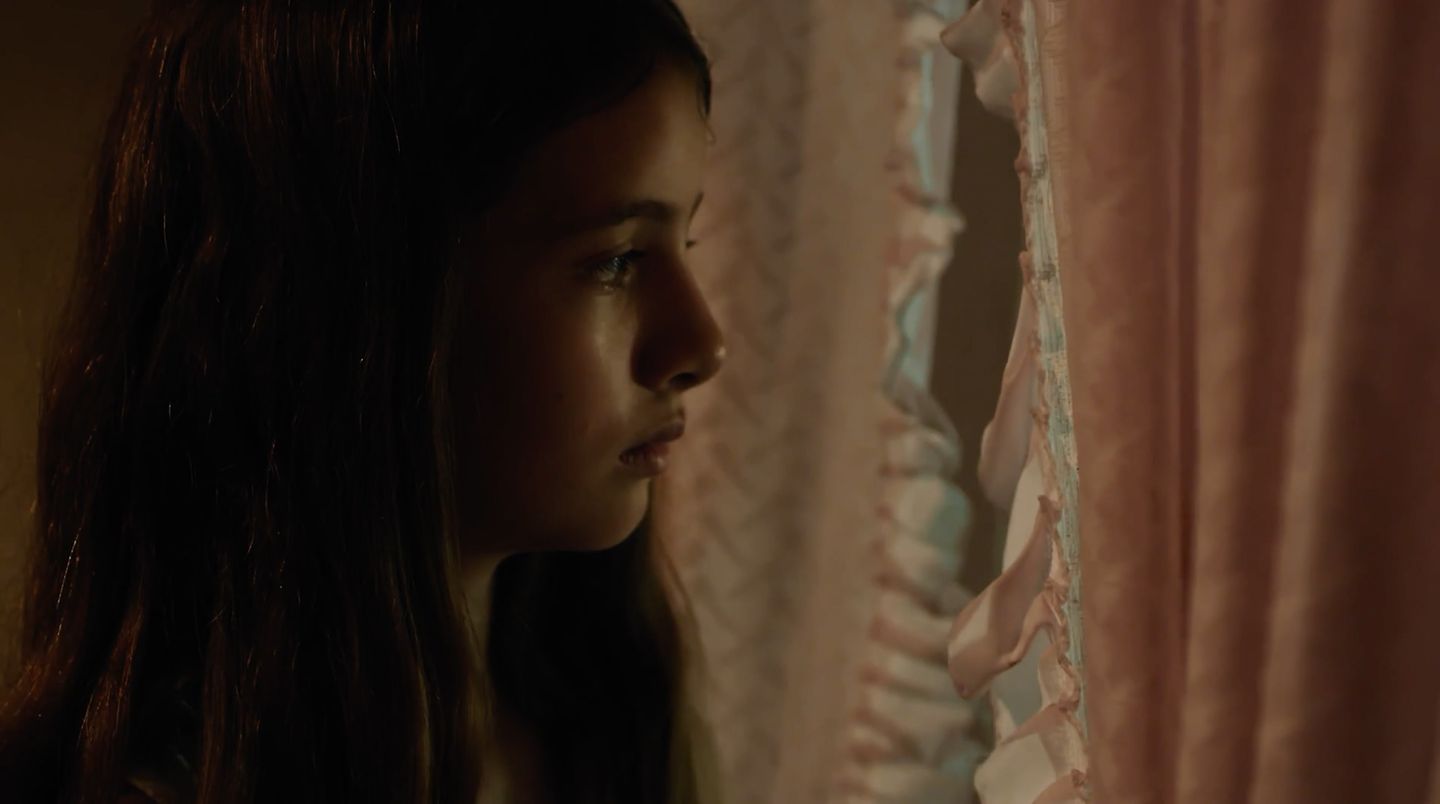

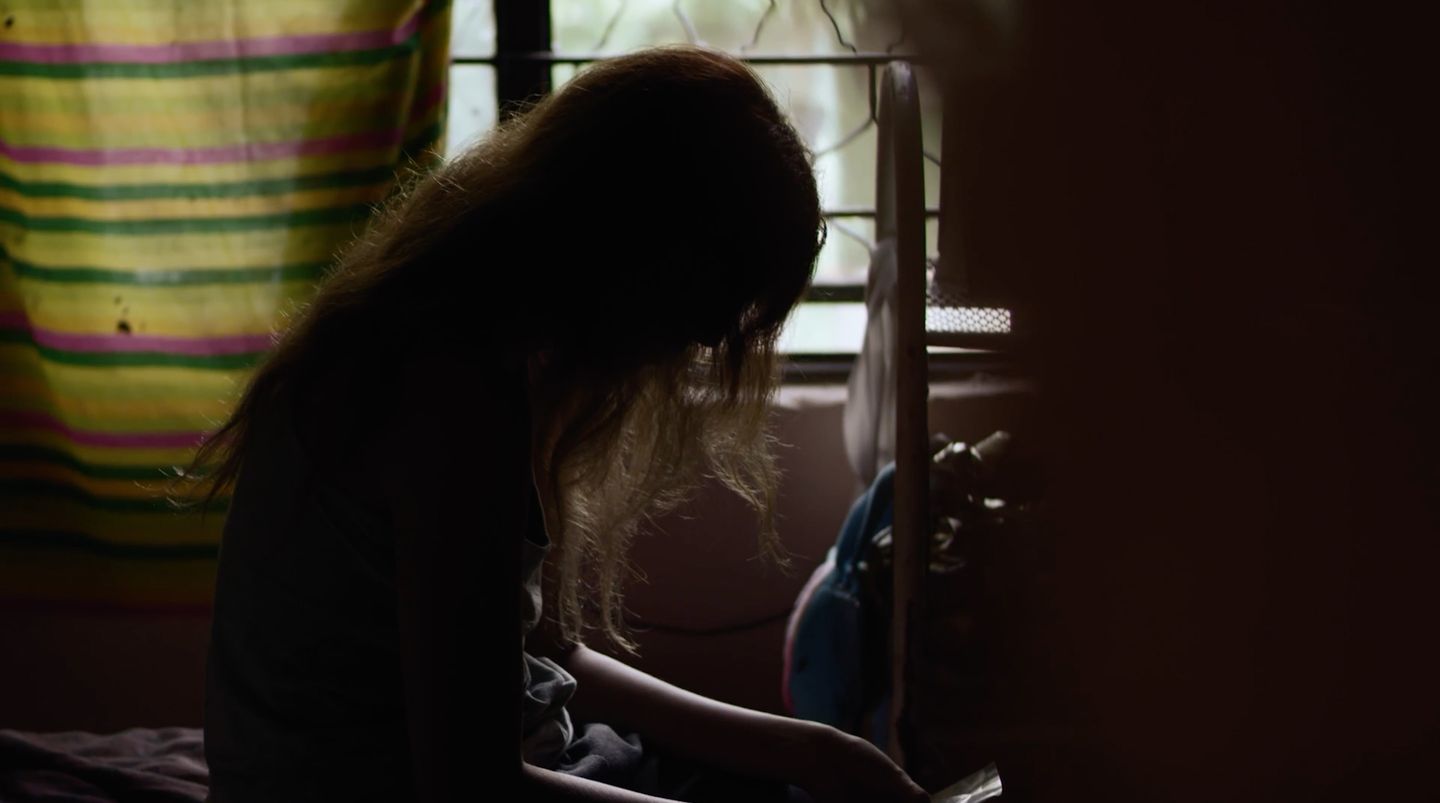
How did you develop the visual style? I saw that you’ve worked with the same DP before on another short and the cinematography has a real confidence to it.
Sheldon Chau (DP) and myself work really closely together. There’s a special trust between us and I really value that. For "San Miguel," we really wanted to convey Ana’s POV.
We planned to stay at her height most of the time. One of the things I wanted is to start wider and get more in her face as the story progresses. The camera gets closer and more shaky as the film goes to show her decline. There were many shots in the film that required a lot of rehearsal and creative problem solving.

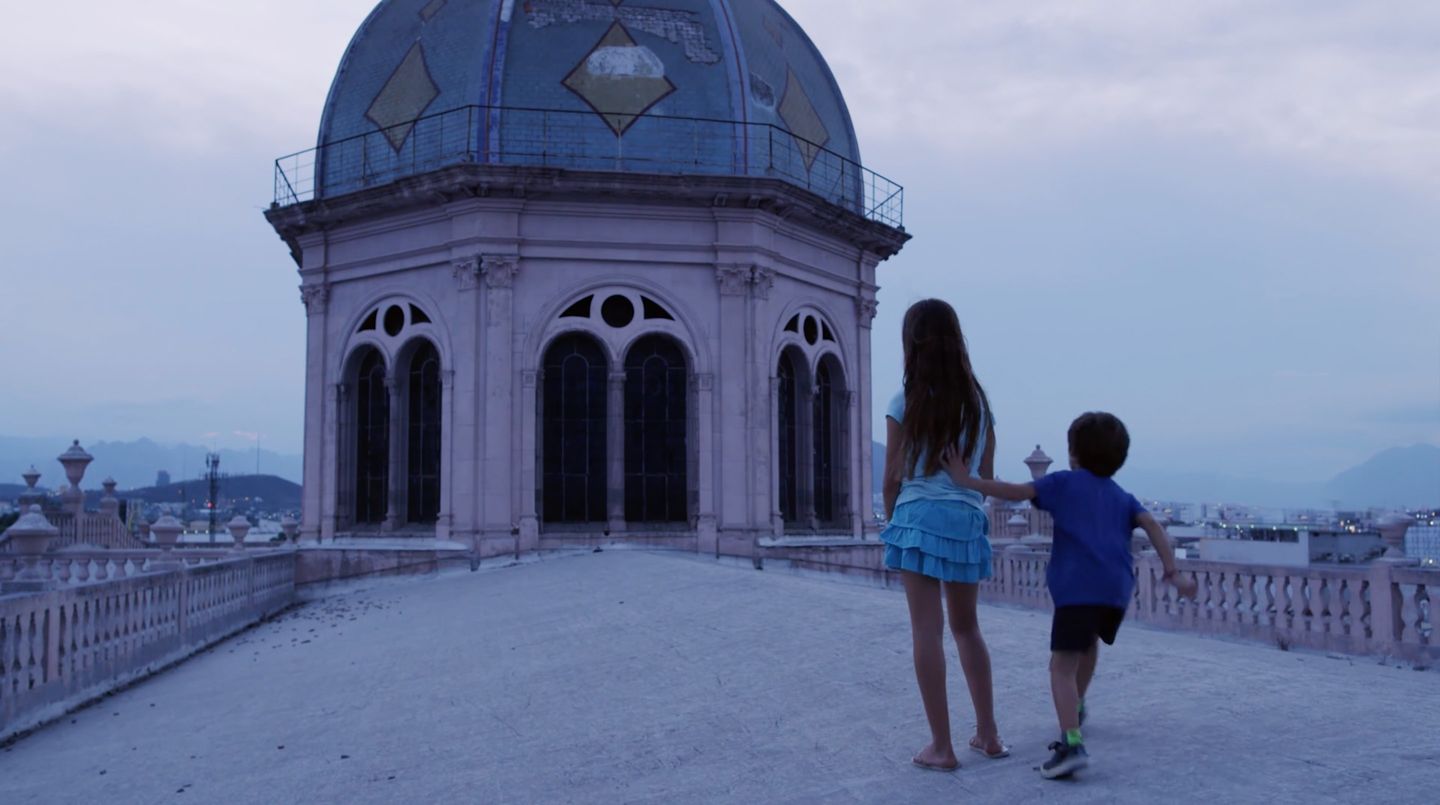

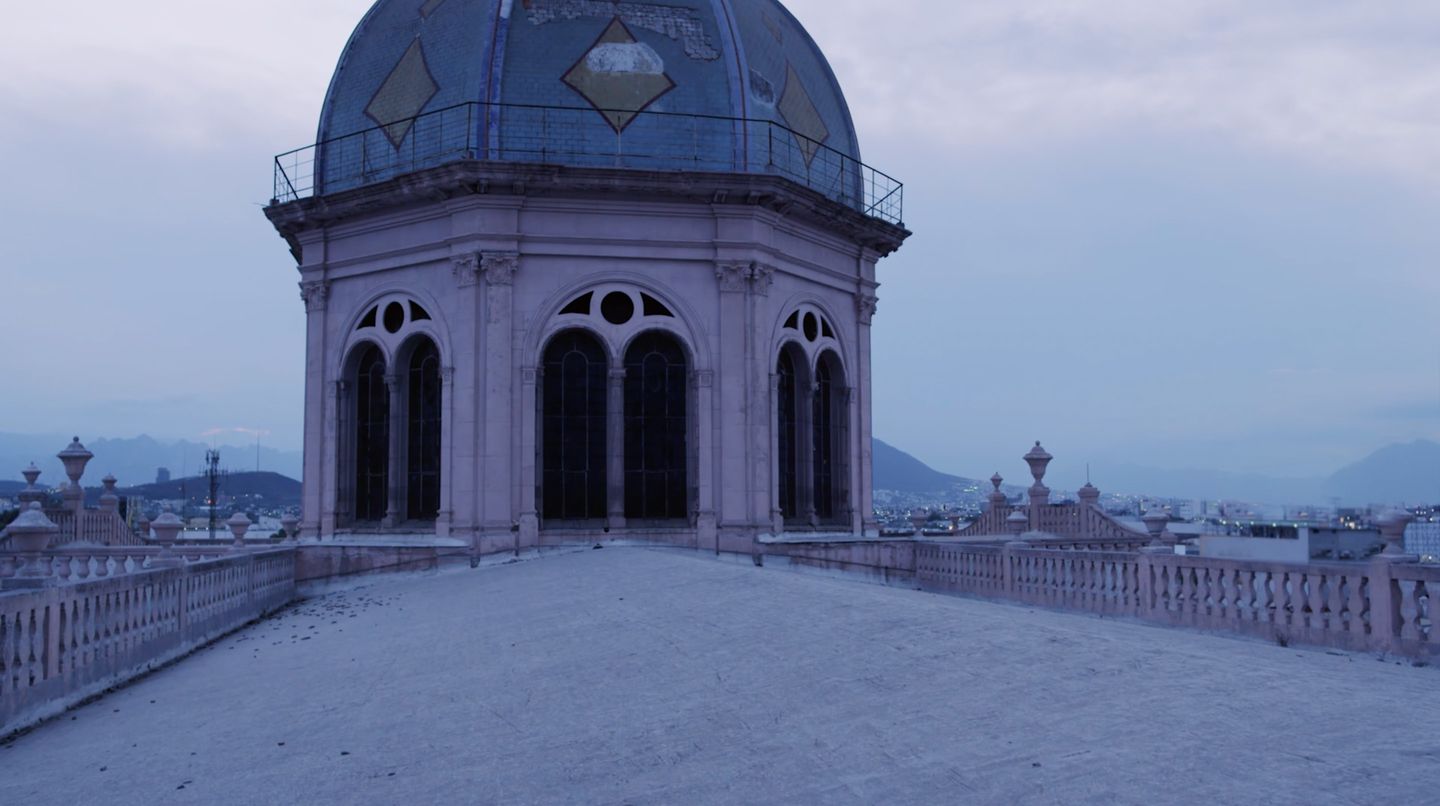
The opening shot is so iconic. How did you come to that decision to open with a oner?
The idea for the opening shot came to me while we were location scouting. I find a lot of ideas while I’m scouting. I start to imagine things once I’m in the real place/space. The opening scene wasn’t originally even in the script. We went to the roof of the church we’d be shooting in and I saw the Virgin Mary on top. Instantly, I knew we needed to film there and that would be where Miguel had that tragic accident.
How does your background as an actor affect the way you direct?
I feel like I connect with my actors in an intimate way; we build trust. When I’m on set, every time I cut, the first person I look at are the actors, then the DP. I feel like that’s because I’ve been on the other side of the camera. An actor is always looking at the director to know if they did a good job or not. It’s always nice to have an answer from the director, even if you did a great job. They’re your guide. I’ve been on sets with directors that don’t really notice the actors and those have been difficult experiences.
With with "San Miguel," my main actress, Melissa, was 12 years old. It was very delicate work. She’s so young and told me from the beginning that she can’t cry on camera. I thought, that’s fine. There wasn’t a scene in the script where she was crying. But then when we shot the church scene, I remember talking to her a lot about what the character was going through and how much she didn’t want to steal. It was not who she was, but she had to. And then Melissa was teary, in every take we did. I don’t know what internal work she was doing, but she still says that was her toughest scene. She gave a beautiful performance.
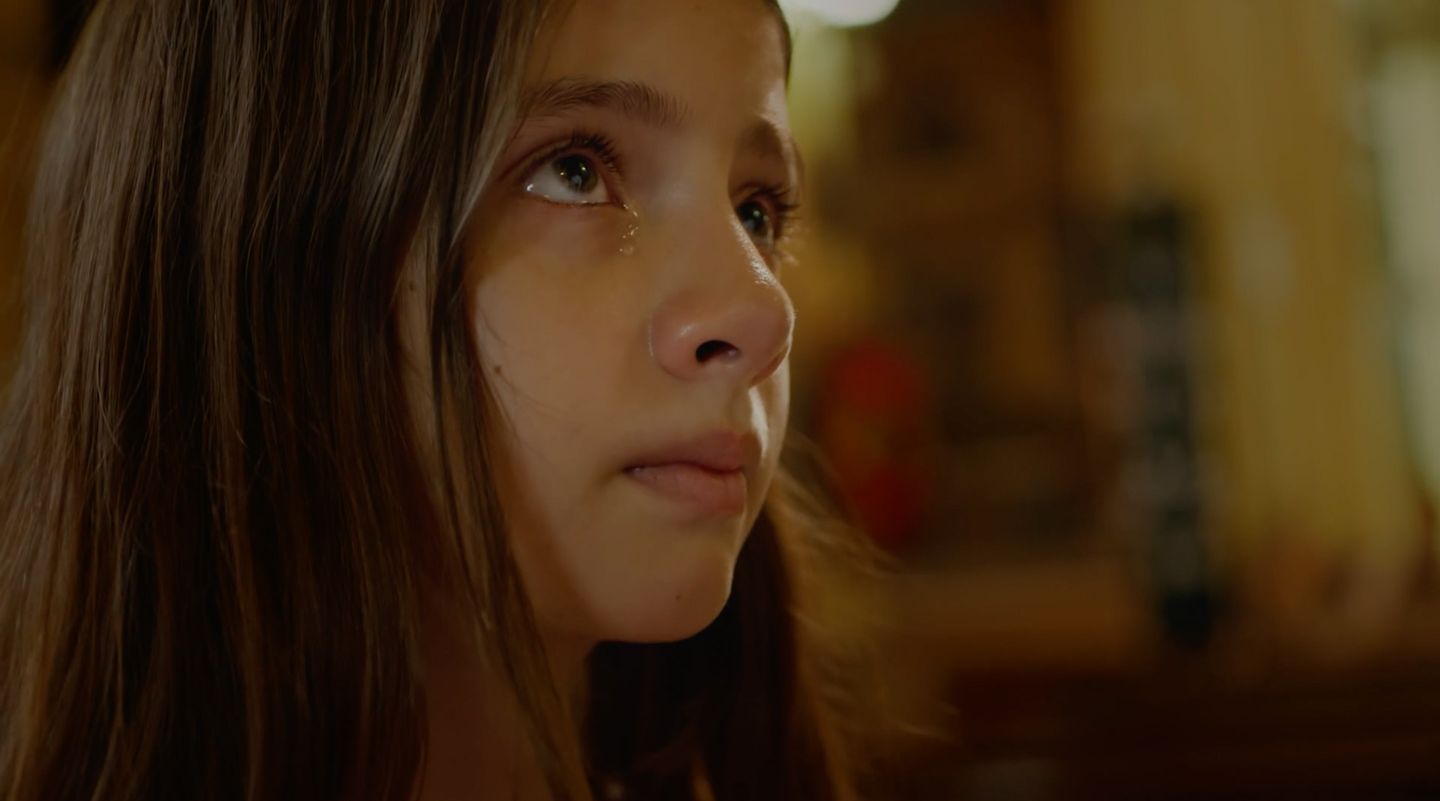

Each character felt so believable and like they were a part of the world. Were there any non-actors in the film?
The grandma was a non-actor. She’s so natural. I actually found her while location scouting. See, everything happens during location scouts! We went to this place called La Huasteca because I wanted to find a house near the mountains that showcased the beauty of Monterrey. I saw this beautiful house, and knocked on the door, and Doña Luz, who plays Abuela answered. I wasn’t even thinking about casting; I was just location scouting. But then I saw her interacting with her granddaughter and it just clicked. I auditioned her and she was so natural.
How do you find the freedom to let these creative decisions happen on the spot?
For a director, it’s imperative to be surrounded by people you trust; producers, DPs, actors, etc. Because that gives you the freedom, and as a director, I treasure that freedom. I like to leave space for the accident, the unknown. I put myself in positions that allow that to happen. I like to have the flexibility to change courses on the spot, improvise, try new things. It can definitely go the wrong way though.
When a big problem arises on set, how do you feel clear headed to make big decisions and problem solve?
You really have to surround yourself with people that believe in you and support you. When you’re working with someone you don’t know that well, it’s harder to make those big decisions, and have a clear head. If you have the kind of crew that goes, “how can we solve this and what are our options?”, then it’s easier to follow your gut as a director.
That’s really important. When you’re around people that you trust, it makes you trust yourself more. Could you talk a bit about what it was like shooting a film in your hometown?
It was really nice. My tía was cooking for us so our catering became these home-cooked meals. And when you’re back home, it feels like everyone has a hand to lend. I didn’t know any filmmakers in Monterrey when I decided to shoot "San Miguel," but I wanted to come back and force myself to start building those relationships. I made a lot of good friends that are now good collaborators, too.
There’s such a clear sense of place and details. How much of that was decided in pre-production versus on the spot?
A lot of that came in pre-production and was also very natural to the universe. I knew the world I was talking about when I was writing it.
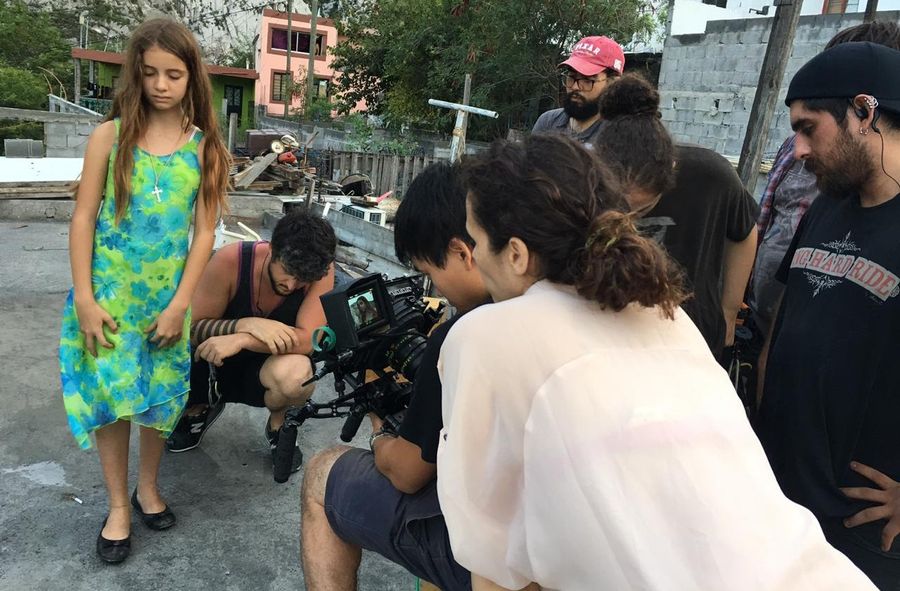
What were some of the core differences between your experiences shooting in the US versus Mexico?
Well in Mexico you can get away with a lot of things. I’ve also known a lot of people there for my whole life, so it’s easier to get access to locations and things. People here are so curious and always want to lend a hand, versus the US where people are more tired of getting asked for favors from filmmakers, especially in New York and LA.
I noticed that Spike Lee was listed on the Special Thanks and that you got the Spike Lee Production Fund. Did he have any creative input on the film?
He actually came up with the title, "San Miguel." We were walking out from a meeting re: "San Miguel", and the previous title I had didn’t make sense and we both knew it. We took the NYU elevator and he was like, “I got the name.” I was like, "What?" "San Miguel." And it made a lot of sense. He is very supportive of his students and has played a big role in my career as a filmmaker. I’m super grateful to Prof. Lee for all the support he has given me.
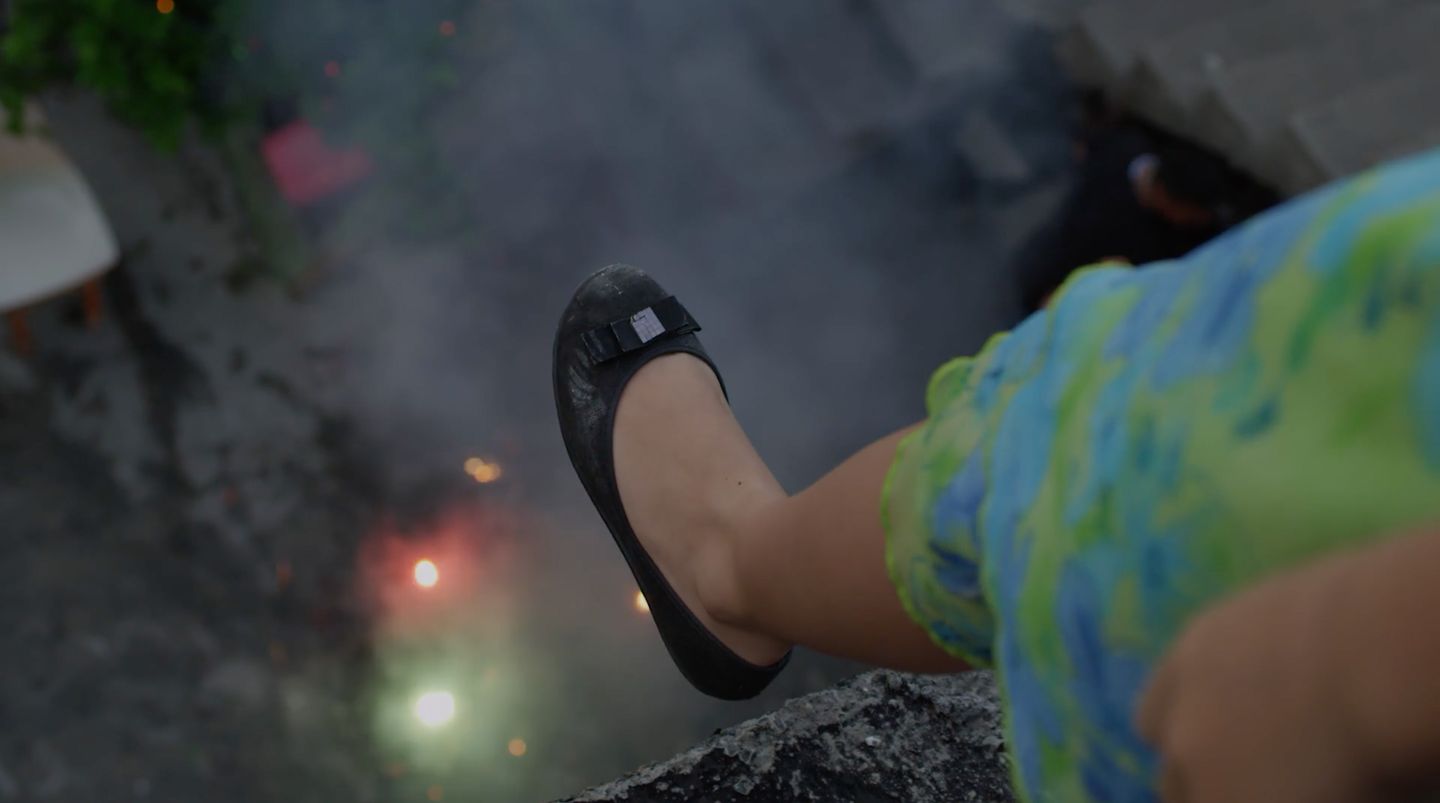
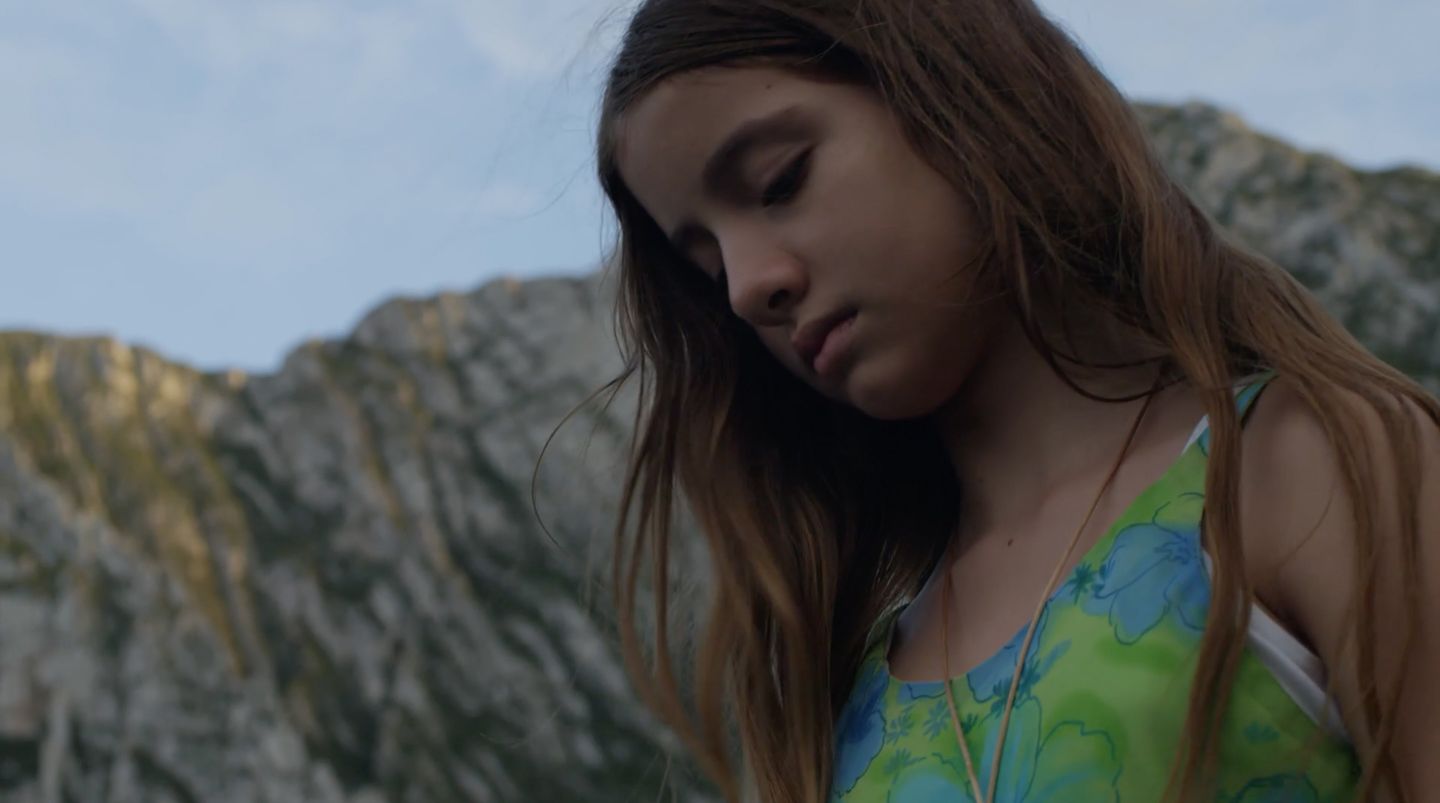

What feelings or questions did you want audiences to leave with after watching this film?
I’ve never thought about the audience in that way, leaving with a feeling. But to me, it’s not an end, but a beginning for Ana. I guess, for me it ends on a more positive note than for most people that watch the film.
What kinds of stories do you want to tell?
I’m super interested in exploring and developing female characters. I’m also interested in relationships and conflicts between family members. Right now, I’m about to go into production on a short film with Film Independent’s Project Involve. The story is about three women: a grandma and two granddaughters. It’s funny that, again, I’m doing a short film about three women, set in Monterrey, but it’s approached in a very different way.
What do you think makes a good director?
My definition of a good director is someone who is really a team player. Directing is such a collaboration of so many different kinds of people and elements. You have to stay open to ideas always, listen constantly, and at the same time, stay true to who you are and what you want to say.
How have you learned to defend yourself, your voice, and your art to people who tried to make you feel otherwise?
By making mistakes. The more mistakes you make and problems you solve (or sometimes don’t), the stronger and more confident you become.
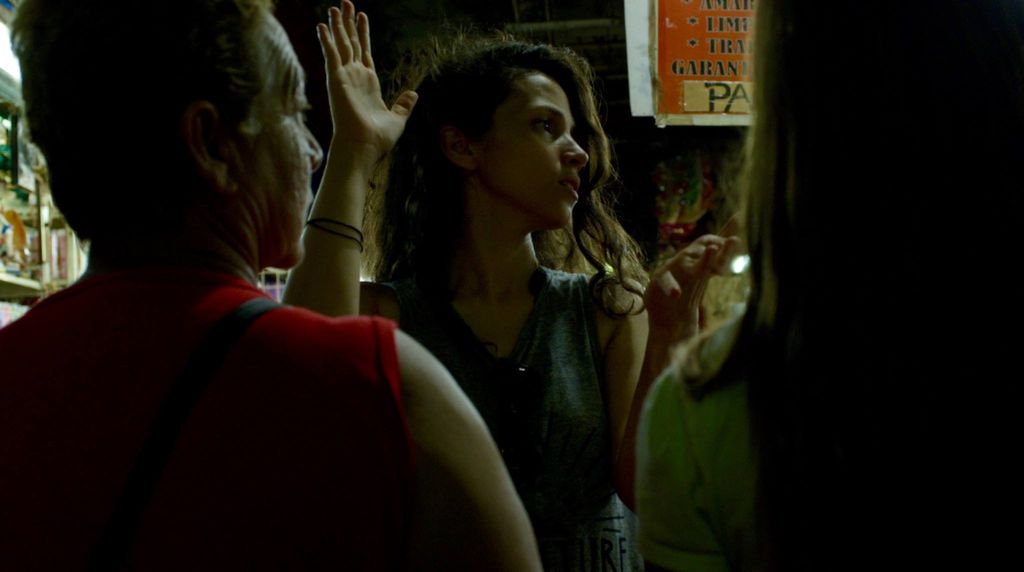
You’ve been selected as a fellow for Project Involve. What can you tell us about that? And how are you making that work in COVID?
It has been great! It was so exciting getting selected. If it wasn’t for Project Involve, I don’t know what I would’ve been doing the first half of 2020 with COVID and all that. It has kept me going and allowed me to look forward to things. The screenwriter on my team, Jeanette Lim, and I worked together very closely and knew we wanted to tell a story of two sisters. I told her how amazing it would be to make it here in Monterrey and we decided to set it here. Jeanette and Andrew Yuyi Trong, the DP, are coming to Monterrey. I’m super happy.
What is your biggest piece of advice to other aspiring filmmakers?
Don’t give up. I know it’s super cheesy to say, but it’s really true. Just be open to learning from your own experience. Especially in film, it feels like you’re in the desert searching for an oasis. Are these projects I’m working on going to flourish or not? Sometimes they do, sometimes they don’t. And it’s hard when they don’t, but you have to keep going.
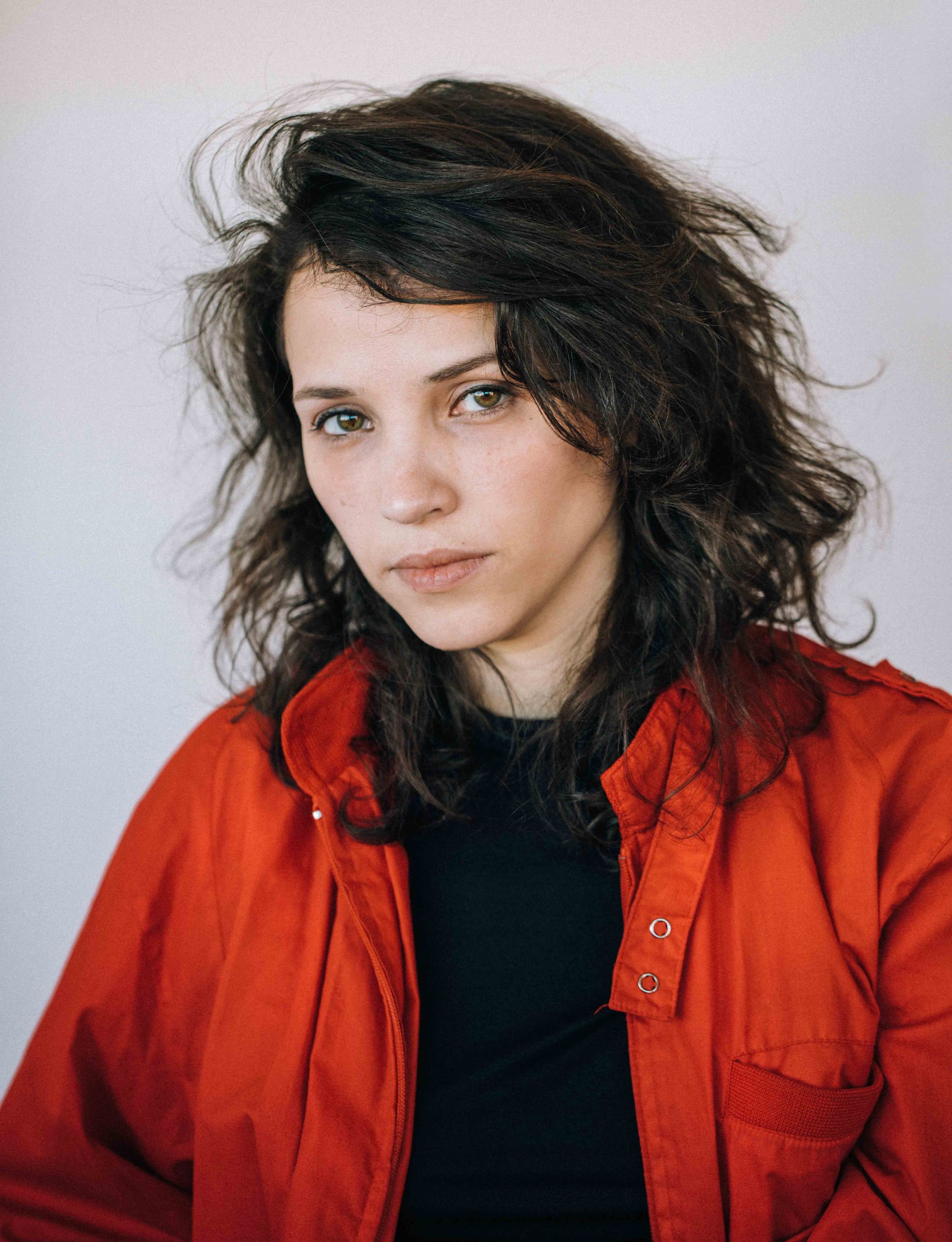
Cris Gris
Cris Gris' films have screened internationally in prestigious film festivals including La Semaine de la Critique, Festival de Cannes. She is known for being multifaceted; moving between directing, writing, and acting. Gris’ has written and directed various art and music videos that have been published in magazines such as Juxtapoz and nominated by MTV Latin America for “Video of the Year”. Her short film "San Miguel", received the renowned Spike Lee Film Production Fund, and the Hollywood Foreign Press Association Fellows Fund, and was named a 2019 National Board of Review winner, followed by the 2019 Screenwriting Wasserman King Award. Her latest short “Pia & Mike” had its world premiere at Morelia International Film Festival. Gris is a Film Independent Project Involve 2020 Directing Fellow.
María Alvarez
María Alvarez is an internationally recognized Cuban-Dutch filmmaker. She graduated from the University of Southern California with a BFA in Film & Television Production in May 2019. Her passions are centered on raising awareness for diverse female stories about sexuality, identity, and coming of age. Her films have screened at dozens of festivals such as the Los Angeles Film Festival and Cleveland International Film Festival, won awards from institutions such as Google, and screened in museums like MoMA. Her short film, "Backpedals", screened at the 2018 Festival de Cannes in the Court Métrage and was a finalist in the 2018 Horizon Awards, an all-female Sundance sponsored fellowship. She is a YoungArts alumna and is featured on the 2018 YBCA 100 List. She worked as a Director’s Assistant to Benedict Andrews on Seberg, starring Kristen Stewart and shot by Rachel Morrison. She is in the festival circuit with her senior thesis film, "Party of Two", which premiered at Outfest Fusion. She is currently the Creative Editor at FREE THE WORK, the global talent discovery platform for underrepresented creators founded by director, Alma Har’el.
